We welcome the birth of two endangered blue-arrowed poison dart frogs
hace 1 yearIn the exhibition of venomous creatures, we have just welcomed the birth of two new blue arrow poison dart frogs (Dendrobates azureus). The species is in danger of extinction, so their birth is an important step for the conservation of this amphibian.
Blue-arrowed poison dart frogs are protected under CITES II. They are a species in decline and very sensitive to climatic changes. Therefore, these births serve as a reservoir for the species and to ensure the continuity of the species in biodiversity. The life expectancy of these frogs is around 15 years.
The species arrived for the first time in 2009. At the moment, the group of blue arrow frogs has four adults, plus the two babies that have just been born, making a total of six specimens. Adults usually start laying eggs in mid-winter. The first clutches are usually infective and it is not until the third clutch that the eggs manage to hatch.
On this occasion, six eggs had been laid. On detecting the clutch, the team of herpetologists transferred the eggs to Petri dishes with the right humidity and heat in special terrariums. From six eggs, only two finally managed to form. When a black stripe appears in the middle of the egg, it is a sign that the formation cycle has begun.
Once the hatchlings are born, they are fed with special food and after a month and a half they begin to develop their hind legs. Two weeks later, their front legs emerge and 15 days later their tails fall off and they emerge from the water to become frogs.
The arrow poison frog usually feeds on toxic ants in the wild, which in turn provide the toxins in their bodies, so they can defend themselves against predators. Frogs born in Terra Natura Benidorm feed on other insects, such as larvae, flies or crickets, but will not develop their toxic capacity. The toxin they develop in the wild is only effective if it manages to enter the predator’s bloodstream, through ingestion or injury.

